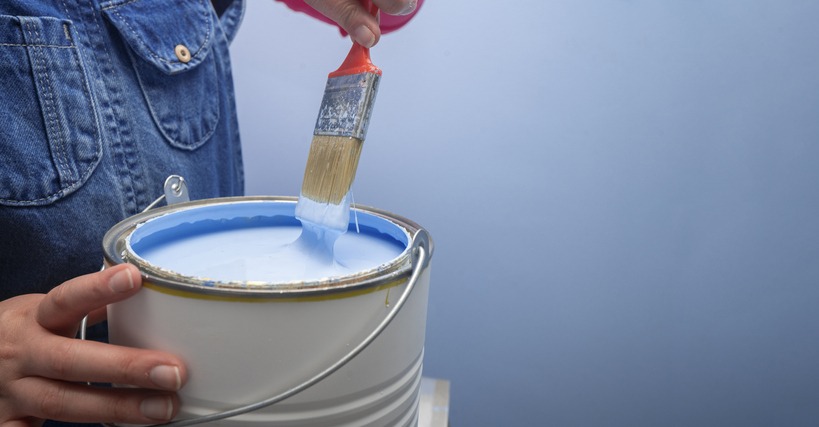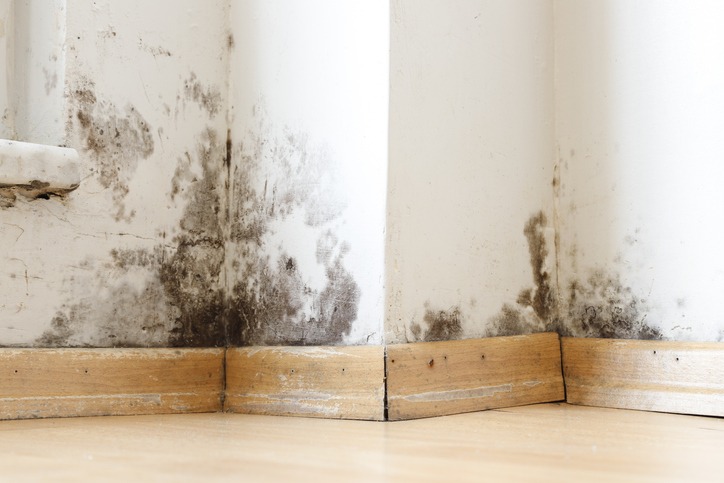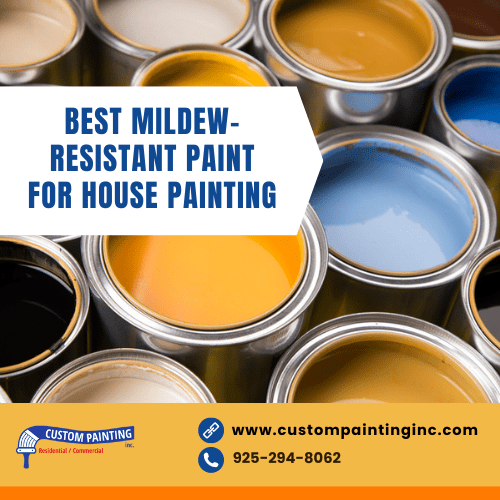When it comes to painting your home, especially in areas prone to dampness and humidity, choosing the right type of paint is essential for long-term maintenance and aesthetic appeal. Mildew-resistant paint is specifically formulated to prevent the growth of mold and mildew, which can damage surfaces and degrade the quality of your paint job over time. This article will guide you through selecting the best mildew-resistant paints available for house painting, ensuring your walls stay pristine and protected under various environmental conditions.
Why Does Mold and Mildew Grow on the Walls of Houses?
Mold and mildew growth on house walls is a common issue that homeowners face, particularly in environments that foster these fungi. Understanding why mold and mildew appear can help effectively prevent and treat them. Here are the main reasons these unwelcome guests make themselves at home on your walls:
- Moisture: The primary catalyst for mold and mildew growth is moisture. This can come from high humidity in the air, condensation, or water leaks from pipes or the roof. When walls remain damp for prolonged periods, it creates an ideal environment for mold spores, which are naturally present in the air, to settle and grow.
- Lack of Ventilation: Inadequate ventilation in parts of the home like bathrooms, kitchens, and basements can lead to stagnant air, which helps moisture to accumulate on surfaces. This moisture, combined with minimal air movement, makes walls susceptible to mold and mildew growth.
- Organic Material: Mold and mildew feed on organic materials found in many building components, such as wood, paper (often found in wallpaper), and certain types of paint. This nutrient source, when combined with moisture, allows mold and mildew to thrive and spread.
- Temperature: Warm temperatures can also promote mold and mildew growth. Many species of mold grow optimally at temperatures that are comfortable for humans, around 60 to 80 degrees Fahrenheit. This means that typical indoor temperatures can often support the growth of mold and mildew.
How to Choose the Best Mildew-Resistant Paint

Choosing the right mildew-resistant paint for your home is crucial in maintaining a clean, healthy, and vibrant living space, especially in areas prone to moisture. With the vast array of products available, it can be challenging to determine which paint will best meet your needs. Here are some key tips to help you select the most effective mildew-resistant paint for your house:
Identify High-Moisture Areas
First, assess which parts of your home are most susceptible to moisture. Bathrooms, kitchens, basements, and exteriors are typical areas that benefit most from mildew-resistant paint. Knowing where the problem is most likely to occur can guide you in choosing a product specifically formulated for these environments, ensuring optimal protection.
Look for Key Ingredients
When selecting mildew-resistant paint, check the product descriptions and labels for specific additives that prevent mold and mildew growth. Paints that contain antimicrobial agents or mildewcides are specifically designed to combat mold and mildew. These additives help inhibit the growth of mold spores on the paint surface, thus extending the life of the paint and keeping surfaces looking fresh longer.
Consider the Paint Base
Mildew-resistant paints are available in both oil-based and water-based formulas. Water-based paints, also known as latex paints, are generally preferred for their ease of use and quick drying times. They are also less odorous and more environmentally friendly than oil-based paints. However, in some high-moisture areas, oil-based paints might offer better durability and resistance to harsh conditions.
Check the Warranty
Look for products that come with a warranty against mildew growth. Many manufacturers offer warranties on their mildew-resistant paints, which can provide an added layer of confidence in the product. A warranty indicates that the manufacturer stands behind the effectiveness of its paint in resisting mildew under normal conditions, which can be a significant deciding factor.
Read Reviews and Get Recommendations
Before making a purchase, read customer reviews and seek recommendations from professionals. Reviews can provide insights into how well the paint performs in real-world conditions, while professional painters and home improvement specialists can offer advice based on their experiences with different brands and products.
Tips for Preventing Mildew and Mold Growth on Painted Walls

Even after applying mildew-resistant paint, it’s important to remain vigilant to ensure your walls stay free from mold and mildew. The presence of these fungi can be harmful to both your home’s structure and the health of its inhabitants. Here are some additional preventive measures you can take to minimize the risk of mold and mildew growth on painted walls:
- Maintain Good Airflow: Ensure that all rooms, especially those prone to dampness like bathrooms and kitchens, are well-ventilated. Use exhaust fans during and after activities that produce moisture, such as cooking or showering. Cross-ventilation should be considered, as opening opposite windows helps reduce moisture levels.
- Monitor Humidity Levels: Keep an eye on the humidity levels in your home using a hygrometer. Aim to maintain a relative humidity below 50% to inhibit mold growth. Utilize dehumidifiers in areas where natural ventilation is insufficient to maintain these levels.
- Address Condensation: Pay attention to condensation on windows, pipes, and walls, as this is a sign of high humidity. Wiping down surfaces where condensation commonly forms and addressing the root cause of the excess moisture can prevent the conditions mold needs to grow.
- Regular Cleaning: Clean walls and other surfaces regularly to remove potential mold spores before they have a chance to grow. For bathrooms and kitchens, consider using mold-inhibiting cleaning solutions that are designed to prevent fungal growth.
- Inspect for Water Leaks: Regularly check for water leaks around your home, particularly around windows, roofs, and plumbing. Promptly repairing any leaks you find prevents water from accumulating and seeping into walls, which can encourage mold growth beneath the paint surface.
By implementing these strategies, you can help ensure that your walls remain mold and mildew-free, even in areas with mildew-resistant paint.
Conclusion
Selecting the best mildew-resistant paint for your home is essential for both maintaining its aesthetic and ensuring its durability in the face of moisture. With the right type of paint, you can enhance the resilience of your home’s surfaces, protect against mildew growth, and ensure a clean, healthy environment for years to come. If you’re looking for professional assistance, Custom Painting, Inc. is ready to provide expert guidance and top-quality services. To discover more about how we can help with your painting needs, call us at (925) 294-8062 or complete our online contact form.

